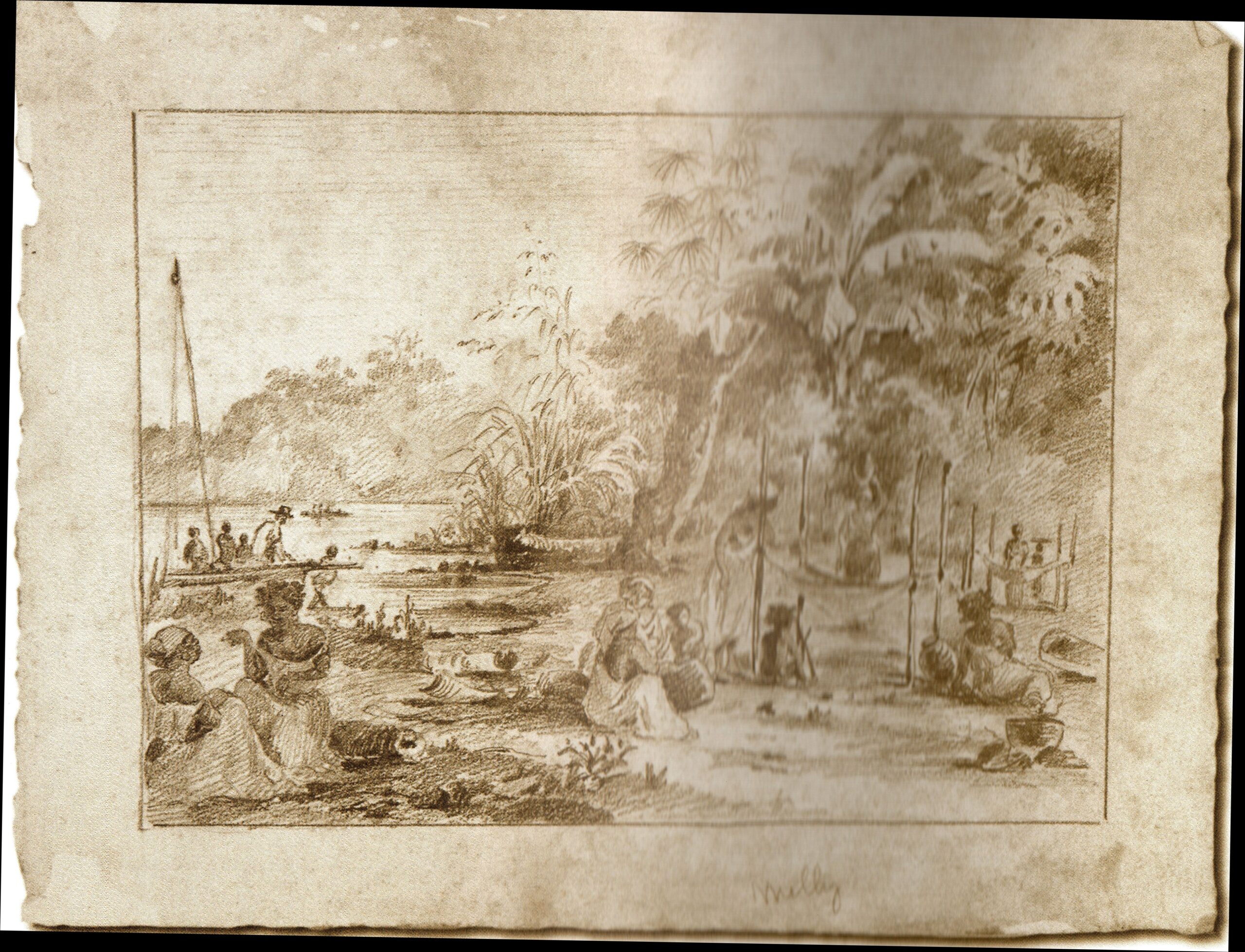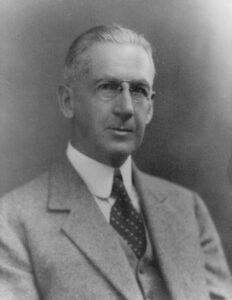
“Personally, it is not my fixed intention to remain permanently the owner of this spot, so favored by nature, nor do I wish to exploit it for my own personal benefit,” Arthur Fairchild wrote in 1943 in a statement of his intentions for the property he owned and later deeded to the people of the Virgin Islands in perpetuity known as Magens Bay. “On the other hand,” he said,” I should be strongly inclined to do everything possible to prevent any one person or class or element in the community from so doing.”
In 1943, when Fairchild penned the five-page statement that would lay the groundwork for him deeding the property to the people of the U.S. Virgin Islands in perpetuity a few years later there were slightly more than 2 billion people on the planet. Today, there are 8.1 billion.

In her book “Race Relations in the U.S. Virgin Islands,” Marilyn P. Krigger states that in the year 1950, St. Thomas saw 15 cruise ships carrying 7,692 passengers, or roughly 500 passengers per ship. Today, these monsters of the sea often carry more than 5,000 passengers each and the staff to serve them.
One would think that in 1943, Fairchild could never have foreseen that within the next 80 years, there would be more than four times as many people on this tiny planet as there were then, and that in one month alone, February 2019 – and a short one at that – the island would see more than four times the number of cruise ships making their way into Charlotte Amalie harbor as in the entire year of 1950.
Just one of those ships, Symphony of the Seas, can accommodate 5,518 passengers at double occupancy up to a maximum capacity of 6,680 passengers, as well as a 2,200-person crew. One ship carrying nearly as many passengers as entered world-renowned Charlotte Amalie harbor in the entire year of 1950.
Yet his statement is incredibly prescient. Speaking before the end of World War II, Fairchild predicted that after the war, “when normal times return, needed products of every kind will flow in as before and to pay for them we will then discover that our climate and scenic beauty are the best, though intangible, exports.”
“Very few St. Thomians know that the view from the Drake’s Seat is – in the opinion of many travelers – much more beautiful than the similar one near Honolulu called the Pali,” Fairchild wrote.
But even though Fairchild understood the importance of tourism, the following statement was always and continues to be his primary edict. The deed would state that the property “is dedicated as a public park to the benefit and enjoyment of the inhabitants of the Virgin Islands of the United States in perpetuity, without discrimination of any kind by reason of race, color or creed.” Inhabitants would include all creatures that have forever made their homes in the nooks, crannies, trees and sea that surround the property Fairchild gifted to them.
He was clear that in exchange for his magnanimous 268-acre gift, with an approximate value in today’s dollars of around $100 million, “certain essential features would be included in the necessary documents, which would specify as primary requirements the preservation of the natural beauty of the neighborhood, the ownership and sightliness of all buildings, and other structures, etc.”
He was also clear that the surrounding forest and watershed would be forever protected. The acquisition of the remaining watershed acreage will be expanded upon in Parts 3 and 4 of this brief history.
“To allow these slopes to be deprived of their well wooded covering; to treat them otherwise that according to a general plan; or to utilize them for any commercial purpose would’ve resulted I believed, in the loss by our island of one of its greatest assets,” he said.
In Part 3, we will discuss how close we came to losing that in 1985.
So protective of and committed to the rights of bona fide Virgin Islanders to be able to enjoy the beauty of their home that when the Navy and their vessels took over beaches on the south side of the island in 1939 at the beginning of the Second World War, Fairchild informed the public by newspaper notice that permits for the use of the beach at Magens Bay would be issued only to permanent residents of the island.
“This action was taken out of sympathy for those who unable to make private bathing arrangements or denied access to other facilities, found themselves deprived of the enjoyment in their own right of the waters surrounding the island,” he said.
Of course, access was difficult for those living on the south side of the island. And the unforeseen island disruptions as a result of the war would postpone further development for a period of time.
However, intrepid hikers were making their way to Magens Bay that far back, and again, despite the limited access even then, Fairchild foresaw the problems that discovery would cause, especially on holidays.
“Due to population and other changes it has become more difficult to preserve order and decency especially on holidays and some action must be taken.”
The thing that Fairchild, himself a wealthy New York financier, did not foresee, at least in the reading of his documents, was the wanton disregard for his benevolence that would attempt to usurp that vision in the interest of money.
His expectation of the body that would oversee the operations and remain fully dedicated to his very clear intentions “would undoubtedly be composed of a group of public spirited citizens including certainly some officials in office and its representative character and permanence of tenure would place it apart from the stream of passing events,” he wrote.
He was also counting on the aid and support “of all and the cooperation of our institutions and organizations: educational, religious, charitable athletic and youth movements of every kind – Boy Scouts, etc.,” he wrote.
And indeed, despite many attempts* to undermine his values and intentions, it is not too late for these charitable, ethical and committed people of character to continue to safeguard his legacy.
In order to do that, we must understand the history.
* Attempts to invade Fairchild’s dream will be illuminated in Parts 3 and 4.
Author’s note: Camile Pissarro’s vision of Virgin Islanders enjoying a day at the beach was seen for the first time at Lilienfeld House on St. Thomas to commemorate the bicentennial of the Hebrew Congregation in 1997. A New York Times article provides context for the historical exhibit. The image is used with the express permission of Camille’s grandson Joachim Pissarro and seems to envisage, though it was drawn some 80 years before, Fairchild’s dream.
Editor’s Note: The Magens Bay Authority will hold a town hall meeting on Saturday from 10 a.m. to Noon at Magens Bay, shed 2. As of publication, the board has not sent a press release or agenda for the meeting.


